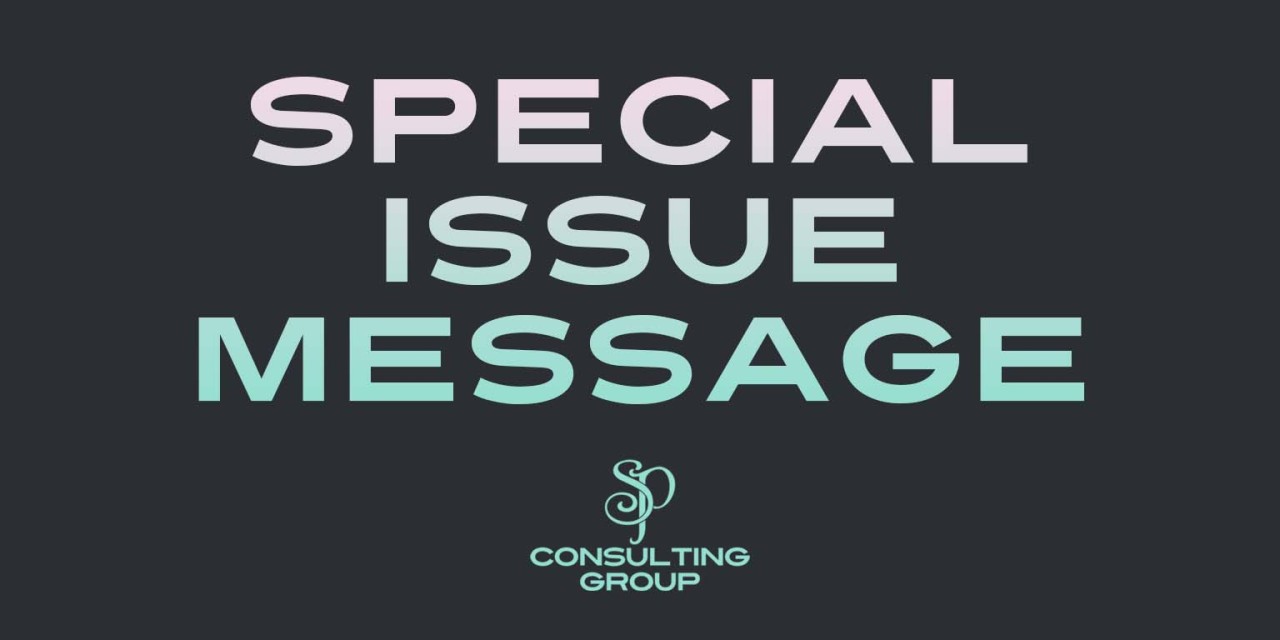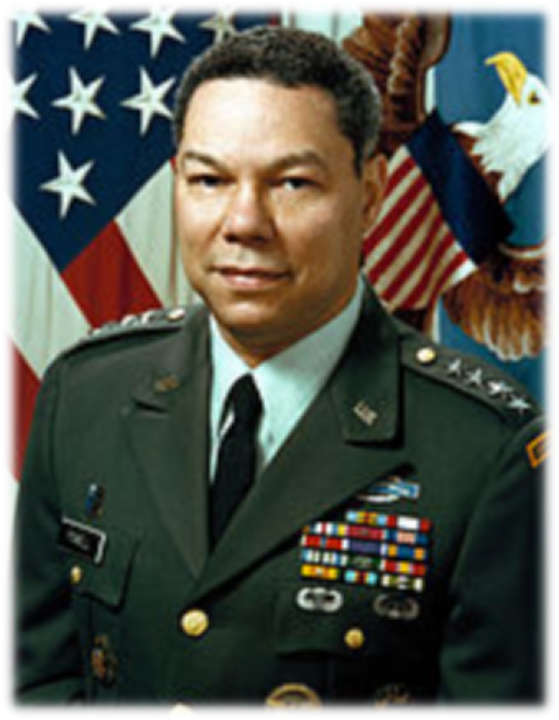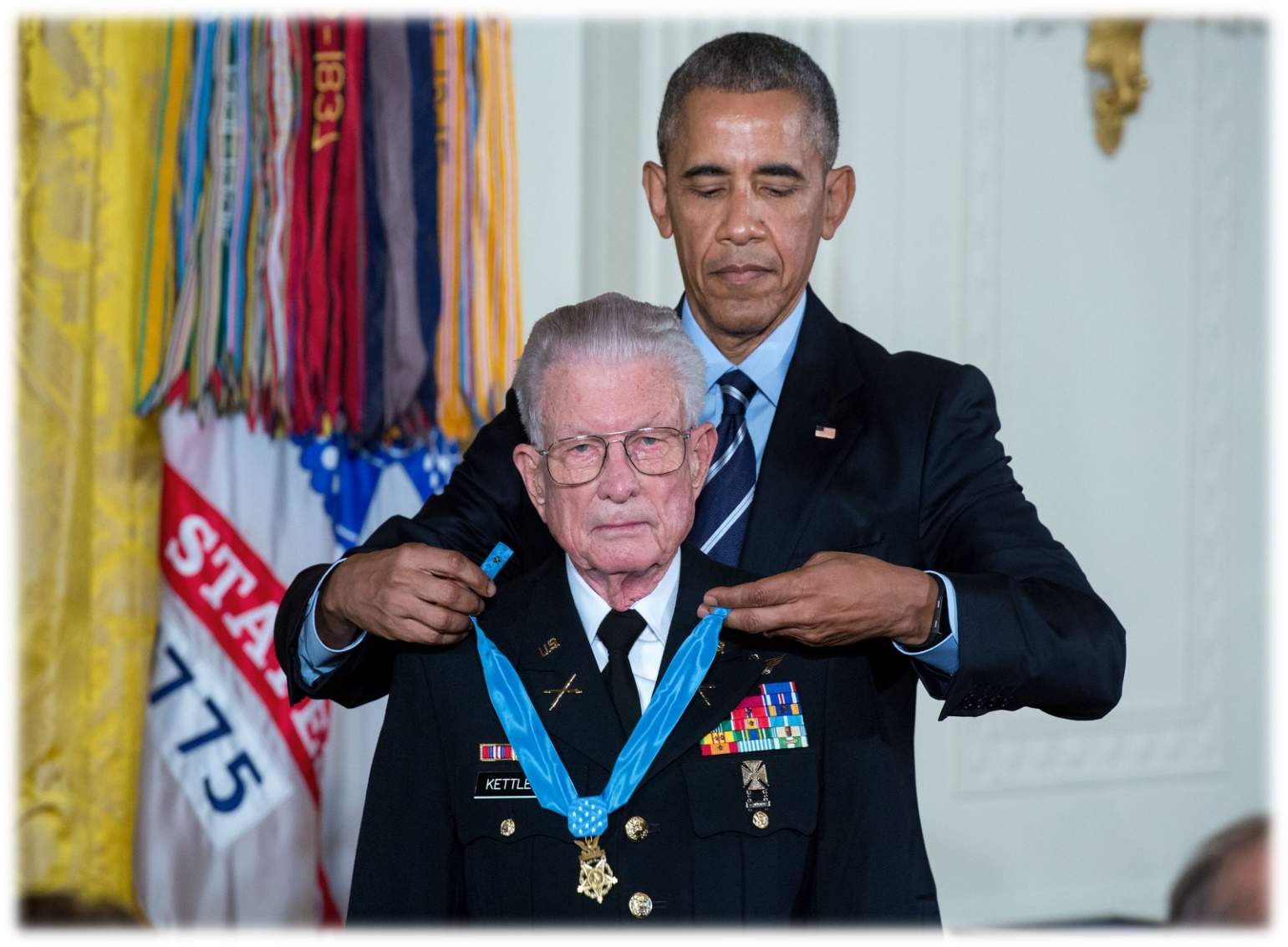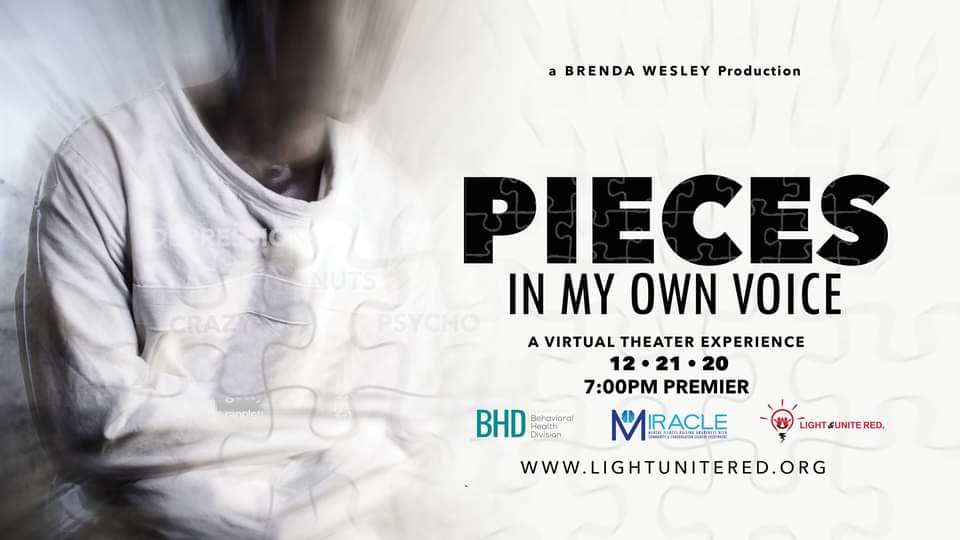Yes – It is that “B” word. The word that keeps many professionals, researchers, and the World Health
Organization (WHO) busy these days. BURNOUT. Before we lose more healthcare providers to its subtle
attacks, we would like to take a moment to see what is really at stake during this pandemic. With
increased mandates for remote work taking a jab at slowing the spread of the novel coronavirus, the
new workplace has become more blurred than ever. For essential and front-line workers, staying inside
the brick and mortar workspace presents many challenges that are often described as heroic, but a word
of caution: according to the National Institute of Occupational Safety & Health (NIOSH, 2008),
“Occupational stress has been a longstanding concern of the healthcare industry. Healthcare workers
have higher rates of substance abuse and suicide than any other profession and elevated rates of
depression and anxiety linked to job stress.”
There is an increased opportunity for these workers to experience chronic stress, compassion fatigue,
secondary trauma, and moral injury, amongst other concerns. Quite frankly, everyone is at risk of falling
off the edge of burnout, but our human heroes are at a greater risk despite and because of the weight
on their shoulders to save lives without a cure. From sleeping in cars, hotel rooms, and garages to
prevent contagion to their loved ones, what we seem to have diluted are the impacts this world crisis
has on the human psyche behind the scrubs and masks and even those on the other side of the virtual
meeting screens. You have heard the news from the Gallop Poll (2016-2017) that 80% of Americans
reported workplace stress in 2017, yet what more would a pandemic do to such numbers?
Per the 2016-2017 Gallop findings for the American Institute of Stress, 1 in 5 Americans were even
brought to tears because of workplace stress. It is not hard to fathom how much more our healthcare
professionals are suffering during these times. For those able to fulfill their essential duties from home,
issues of engagement, motivation, isolation, and even increased risk of domestic and/or child abuse are
still prevalent.
So the question comes to mind: How can we, as a nation, take the opportunity to agree upon and
establish a new normal that would entail creative and realistic work-life balance, regardless of a person’s
specific job duty, industry, or personal leader preference? What if we considered the possibility that
humans need to rest every now and then and be allowed to seek balance amid change, even more so
during natural disasters. For many states, reopening has already taken place despite the time needed for
business and healthcare officials to establish strategic planning beyond PPE supplies, hand hygiene
reminders via email, and the “must wear a mask” and social distancing adage. We have healthcare
workers who are trying to save lives, maintain professional integrity, parent their children, become
teachers, daycare providers, et cetera... All… at… the… same time.
On the other side of this seemingly tarnished coin, healthcare workers on the front-line are still saving
lives despite unclear expectations or even a treatment for the cause of this unspeakable number of
deaths. This then begs the inquiry into the many layers of stress that may result. This includes chronic
stress, burnout, exacerbated trauma response, post-traumatic stress, and quite frankly a preventable
impact on the world economy and workforce productivity. If we were to consider our most valuable
business asset – the employee – we might strike gold in two areas: one would be human decency, and
the other would be more effective business strategies based on the people strategy.







